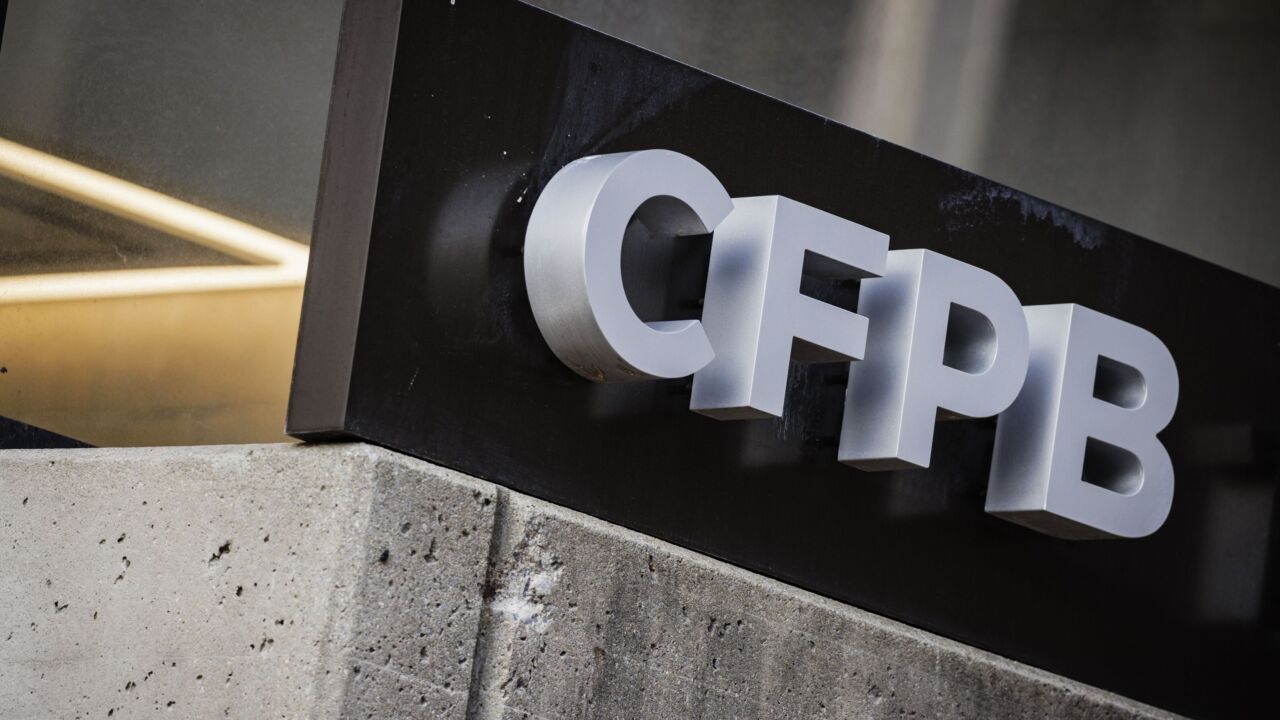
The buzz around real-time payments, blockchain and artificial intelligence are pushing banks to come up with adoption plans, leading fintech investors to seek opportunities in fast-expanding sectors of the technology market that sell into these trends.
There are already signs of burgeoning demand for payments technology that portends a busy 2025. Payments-oriented fintech investment totaled $21.4 billion in the first half of 2024, compared with $22.7 billion for all of 2023, according to
Across all fintech sectors, global investment fell to $51.9 billion in the first half of 2024 from $62.3 billion in the second half of 2023, according to KPMG, noting payments is one of the few sectors within technology where investment is growing.
Up and down
The fintech industry has been volatile this decade, with a large spike in investment from 2020 to 2022, driven by the rapid digitization that occurred during the COVID-19 pandemic. That was followed by a decline during the
Fintech investment grew from 4,300 deals totaling $216 billion in 2018 to 8,200 deals totaling $229 billion in 2021 according to
While Statista's data shows a trend toward lower overall investment volume in fintech, KPMG noted an increase in the number of fintech deals in the first half of 2024 and predicts trends closely tied to payments — such as AI and distributed ledgers — will carry over into the new year.
For example, 40 of the most promising fintech startups of 2024 were in payment acceptance, cross-border payments, embedded payments, cryptocurrency or blockchain, according to
Where there's strength
Despite the market swings, the core market opportunity for fintech firms remains robust, said Spencer Hurst, principal at LMP, a fintech investor. "The market size is enormous, there is a strong customer demand for tech-driven solutions and there is ample opportunity to sell multiple products to the same end customer," he said.
The fintech ecosystem experienced unsustainable growth during the pandemic, Hurst said, noting that companies that received valuations off of that growth have had trouble meeting the valuation expectations in the last two years.
"What we are seeing now is a 12-month period where the federal funds rate has been more than 5%. That provides a somewhat consistent market environment for fintech firms to operate in and investors to evaluate those fintech businesses in," Hurst said.
Businesses that have been operating successfully in the current environment are starting to come to market and command premium multiples because buyers have confidence in the ability of those businesses to perform strongly in all types of environments, Hurst said.
The renewed growth that payments technology firms experienced last year is likely to persist in 2025, and the pipeline for deals will remain robust, according to Robert Anderson, a partner at FTV Capital.
Funding for traditional fintech categories such as payments, asset and wealth management, B2B SaaS fintech and insurtech will remain strong, driven by trends like AI, embedded finance and real-time payments. Additionally, M&A activity will fuel digital and cross-border expansion, particularly in high-growth regions like Southeast Asia, Anderson said.
There is also great resilience in consumer-spending trends, Hurst said.
Block and PayPal have retooled their strategies to focus on higher growth areas such as generative AI, sparking a rebound on their stock prices. Visa and Mastercard have focused on fintech partnerships to expand their value-added strategies that draw revenue beyond card processing.
Growth at the high end of the payments market should extend to other parts of the industry, according to Hurst. "Consumer-spending resilience should continue to be a market tailwind for payments-related fintech businesses," Hurst said.
In its payments outlook report, KBW expects 2025 to be a year of potential catchup in performance as overall valuations remain attractive relative to historical norms, the competitive backdrop has stabilized, and a resurgence in loan demand and tamed inflation should help boost consumer discretionary spending.
Regulatory risks should diminish under the new administration, and valuations should see a boost with lower rates, KBW said. "We think 2025 should be a better year for the payments space given valuations levels seem to have bottomed, fundamentals generally are poised to be better and the M&A market seems to be picking up," Sanjay Sakhrani, a managing director at KBW, said.






